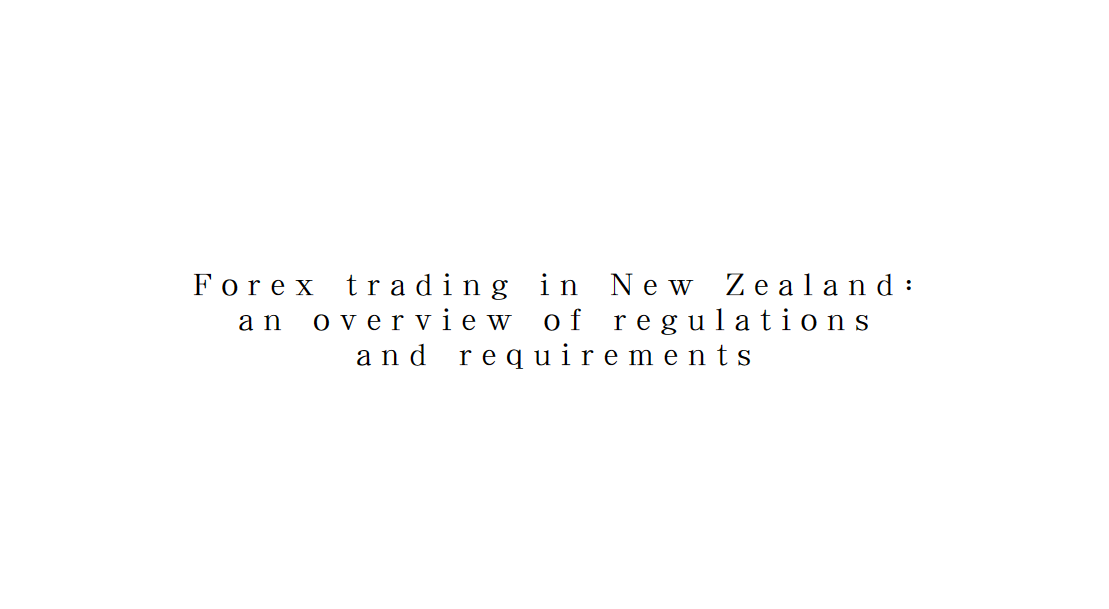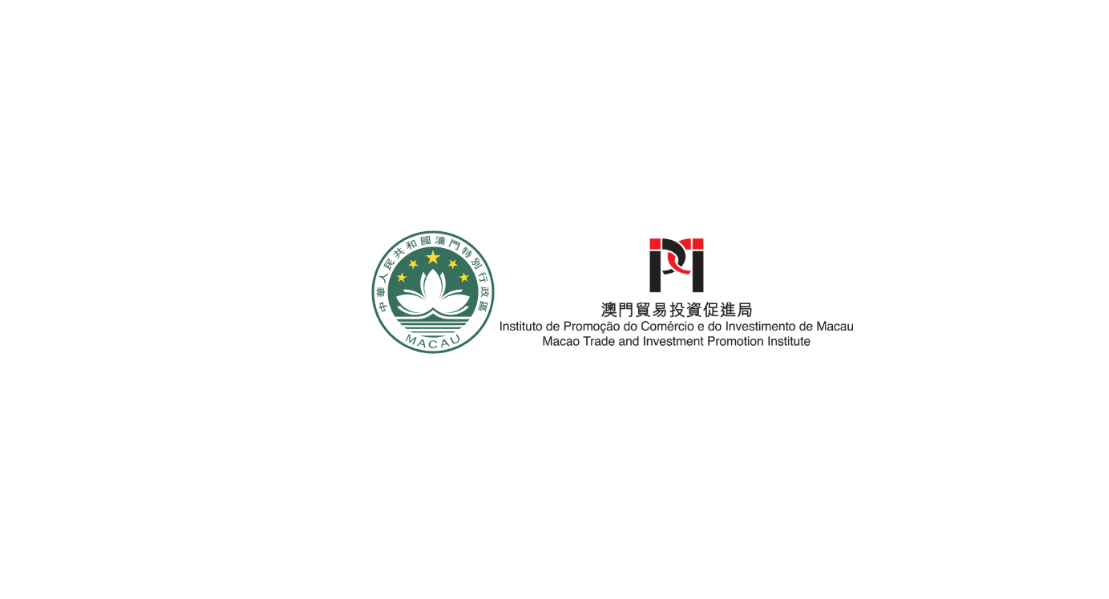China develops new ways of macro regulation to support economy over past 5 years
Avoiding overreliance on investment as a means of achieving economic growth, the country employed a wide range of policies, including those on fiscal and monetary fronts, and stayed focused on helping market entities overcome difficulties and grow, said the report.
The government adopted a holistic approach to achieving the annual development targets and stepped up range-based, targeted, well-timed and precise regulation in the past five years, the report noted.
"We took decisive measures to step up macro policy support while refraining from adopting a deluge of strong stimulus policies that would eat into our potential for future growth," it said.
In pursuing a proactive fiscal policy in the past five years, China kept the overall deficit-to-GDP ratio within 3 percent and the government debt ratio around 50 percent, according to the report.
It noted that tax cuts and fee reductions totaled 5.4 trillion yuan (about 781.3 billion U.S. dollars) and 2.8 trillion yuan, respectively, in the past five years, which not only helped enterprises overcome difficulties and stay afloat but also nurtured business growth and cultivated sources of tax revenue.
In pursuing a prudent monetary policy, the government made flexible policy adjustments in view of new developments and maintained reasonably sufficient liquidity.
Inclusive loans to micro and small businesses increased at an annual rate of 24 percent, with the average interest rate falling by 1.5 percentage points compared to five years ago, according to the report.
The government made stable employment a key indicator of the economy operating within the appropriate range, worked hard to promote market-based employment, and stepped up efforts to support enterprises in stabilizing and expanding employment, the report said.
In response to shocks, the country refrained from repeatedly increasing the deficit by a large margin or printing an excessive amount of money, creating the macro conditions needed for stabilizing prices.
The growth of the consumer price index in China was kept at a comparatively low level of around 2 percent for the past decade, according to the report.
"The difficulty of such an achievement should not be underestimated," it said. "This was conducive to maintaining the order of the market economy, to creating leeway for macro policy implementation, and to better meeting the basic living needs of our people."























































First, please LoginComment After ~